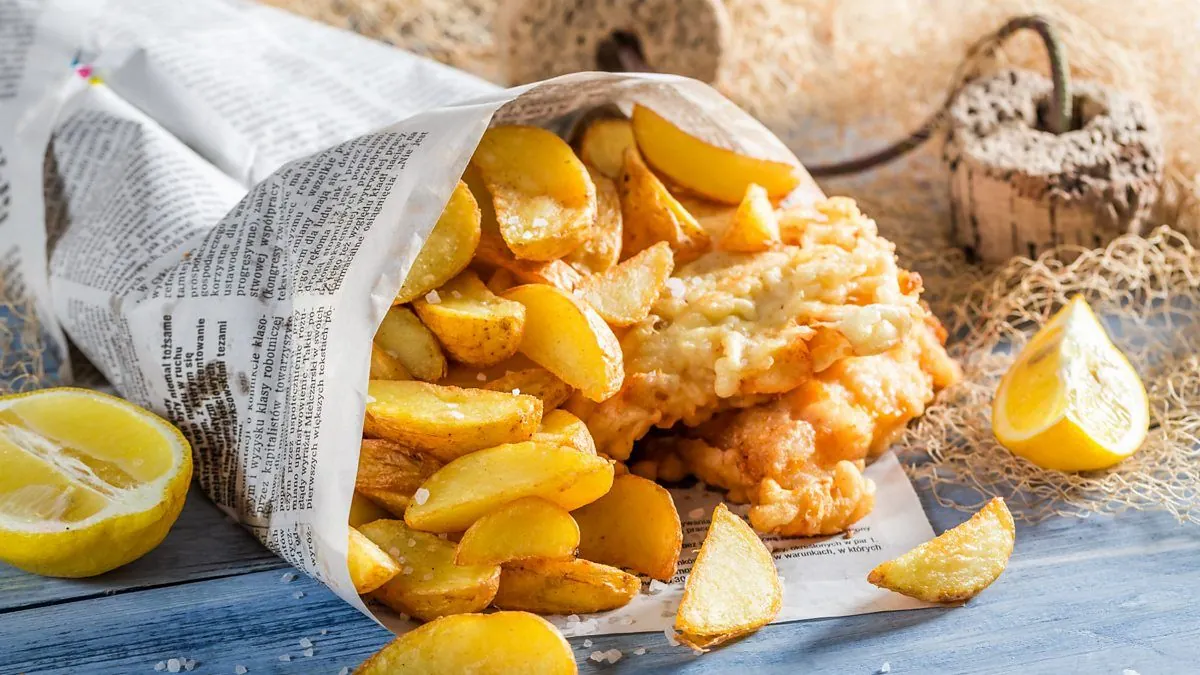A recent coastal weekend getaway with friends revealed an unexpected financial surprise. After a sailing lesson that left the children shivering, the group decided to treat them to a traditional British comfort food: fish and chips. However, what was once considered an economical meal choice turned out to be a costly affair.
The price of this beloved dish has skyrocketed by over 50% in the past five years. In July 2019, a portion of fish and chips cost £6.48. Fast forward to July 2024, and the price has jumped to £9.88. This significant increase has transformed a once budget-friendly option into a more expensive treat.
Several factors contribute to this price surge:
- Rising energy costs, particularly impacting deep-fat fryers which consume up to 9kWh of electricity per hour
- Tariffs on Russian seafood imports
- Poor potato harvests due to extreme weather events, a growing concern as climate change affects UK agriculture
The UK's seafood industry presents an intriguing paradox. Despite being an island nation with a coastline stretching approximately 31,368 km, the country imports a substantial amount of its consumed seafood while exporting much of its local catch. In 2022, the UK imported £3.6 billion worth of seafood, including £783 million of salmon, £564 million of cod, and £234 million of haddock. Simultaneously, the country exported £107 million worth of mackerel, £90 million of scallops, and £77 million of crab.
This situation calls for a reevaluation of British seafood consumption habits. The UK fishing industry contributes around £1.4 billion to the economy annually, yet Brits often overlook the variety of local seafood available. Embracing locally caught options could not only be more economical but also enrich the country's culinary culture.
Consider these alternatives:
- Mackerel: Rich in omega-3 fatty acids and considered a superfood
- Herring: Once a staple in medieval Britain, it's plentiful in UK waters
- Crab: The UK crab industry is worth over £40 million annually
- Scallops: Harvested in British waters since prehistoric times
"Let this price rise shock us Brits into making new and exciting, home-grown, food choices."
While British food culture has undergone a revolution over the past few decades, there's still room for growth in seafood diversity. The first fish and chip shop in the UK is believed to have opened in the 1860s, and the dish quickly became a working-class staple. However, as prices rise, it's time to explore the bounty of British waters beyond the traditional cod and haddock.
By embracing local, diverse seafood options, Brits can not only save money but also support local industries and reduce the environmental impact of importing seafood. It's an opportunity to turn a culinary challenge into a gastronomic adventure, all while savoring the rich maritime heritage of the United Kingdom.
